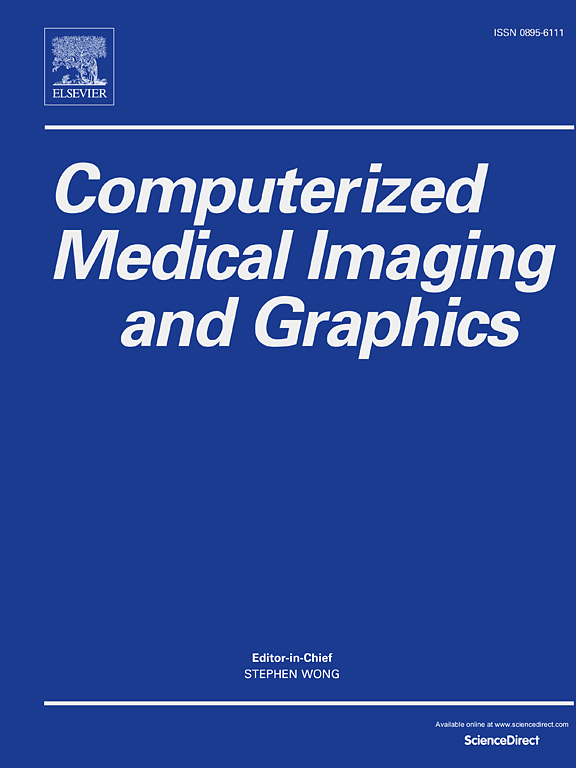Contrastive learning in brain imaging
IF 5.4
2区 医学
Q1 ENGINEERING, BIOMEDICAL
Computerized Medical Imaging and Graphics
Pub Date : 2025-01-26
DOI:10.1016/j.compmedimag.2025.102500
引用次数: 0
Abstract
Contrastive learning is a type of deep learning technique trying to classify data or examples without requiring data labeling. Instead, it learns about the most representative features that contrast positive and negative pairs of examples. In literature of contrastive learning, terms of positive examples and negative examples do not mean whether the examples themselves are positive or negative of certain characteristics as one might encounter in medicine. Rather, positive examples just mean that the examples are of the same class, while negative examples mean that the examples are of different classes. Contrastive learning maps data to a latent space and works under the assumption that examples of the same class should be located close to each other in the latent space; and examples from different classes would locate far from each other. In other words, contrastive learning can be considered as a discriminator that tries to group examples of the same class together while separating examples of different classes from each other, preferably as far as possible. Since its inception, contrastive learning has been constantly evolving and can be realized as self-supervised, semi-supervised, or unsupervised learning. Contrastive learning has found wide applications in medical imaging and it is expected it will play an increasingly important role in medical image processing and analysis.
求助全文
约1分钟内获得全文
求助全文
来源期刊
CiteScore
10.70
自引率
3.50%
发文量
71
审稿时长
26 days
期刊介绍:
The purpose of the journal Computerized Medical Imaging and Graphics is to act as a source for the exchange of research results concerning algorithmic advances, development, and application of digital imaging in disease detection, diagnosis, intervention, prevention, precision medicine, and population health. Included in the journal will be articles on novel computerized imaging or visualization techniques, including artificial intelligence and machine learning, augmented reality for surgical planning and guidance, big biomedical data visualization, computer-aided diagnosis, computerized-robotic surgery, image-guided therapy, imaging scanning and reconstruction, mobile and tele-imaging, radiomics, and imaging integration and modeling with other information relevant to digital health. The types of biomedical imaging include: magnetic resonance, computed tomography, ultrasound, nuclear medicine, X-ray, microwave, optical and multi-photon microscopy, video and sensory imaging, and the convergence of biomedical images with other non-imaging datasets.

 求助内容:
求助内容: 应助结果提醒方式:
应助结果提醒方式:


